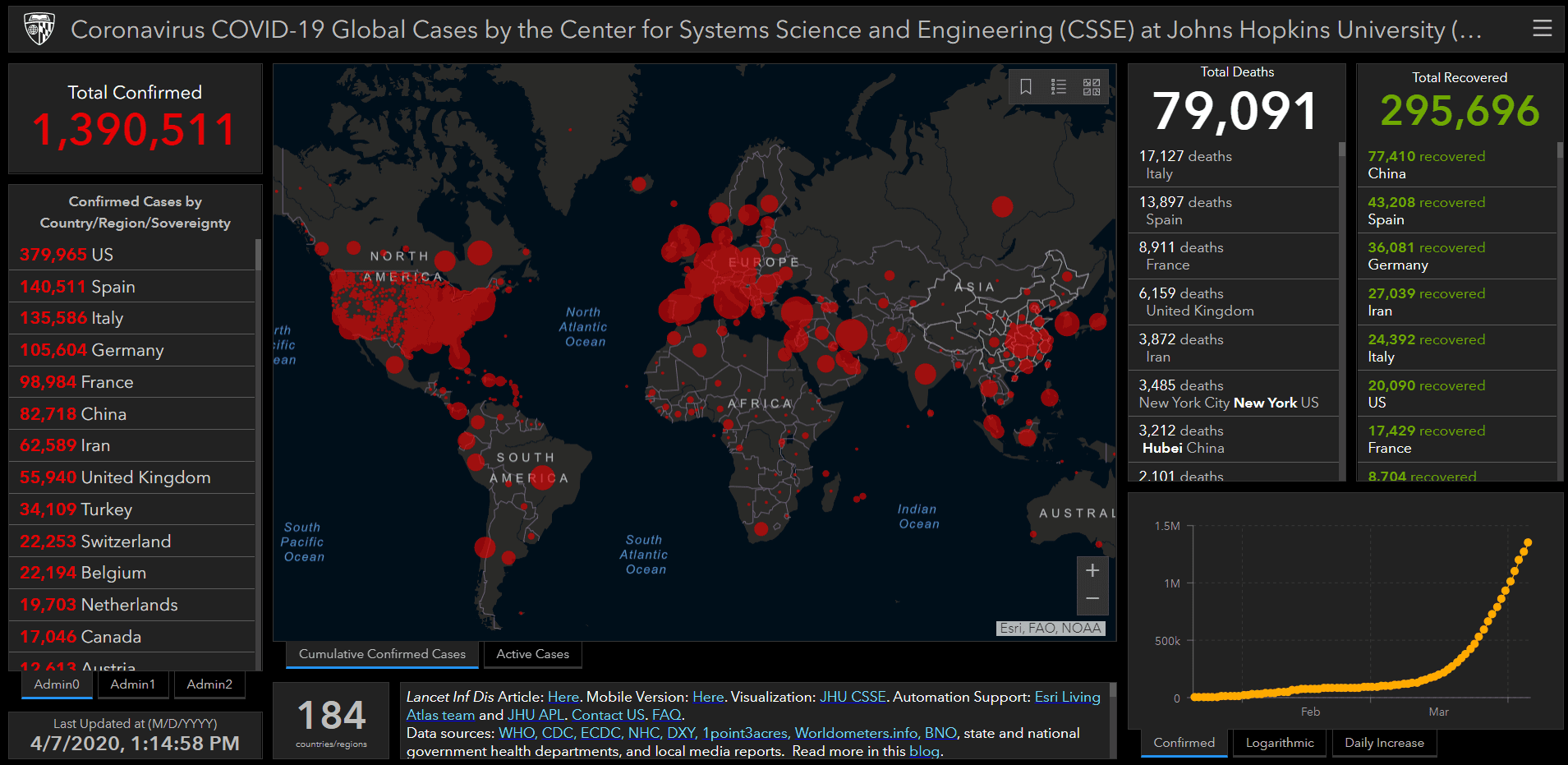Disease Control Apps That Help Us Feel Safe
If you’re reading this, there is nearly a 100% chance you’ve been keeping track of the Coronavirus (i.e. COVID-19) pandemic – what you may not realize is disease control apps are being employed around the world to help fight the spread of disease. Everything from machine learning apps, EMR software, and other digital tools are firing on all cylinders in light of everything happening in current times.
As a company that works with business the world over, we realize this is a concerning time. We also realize a lot of the panic is manufactured, leading us astray from our otherwise logical selves. Let’s take a look at the current state of affairs then we’ll cover some medical software and other tools that aren’t just handy now, but moving forward once we beat back this current calamity.
Why we’re panicking over COVID-19
Before we dive into a few of the apps and sites that help keep us safe, let’s take stock of the situation. It seems like a dark situation until you take a step back – let’s quickly analyze this TEDx published by the CDC from global health expert, Alanna Shaikh:
As a global health expert, Alanna Shaikh is well-versed in the whole dynamic that comes with widespread disease. Though illness and death are supposedly running amuck, the worst of it is arguably all of the panicking.
Reacting is part of human nature. World-renowned psychologist, Dan Kahneman, refers to this phenomenon as “system 1 thinking” as well as discusses this and “system 2 thinking” heavily in his book Thinking Fast and Slow. Our reactionary side is intrinsically linked with our more primitive emotions, mostly controlled by the amygdala.
To be brief, the kind of thinking (system 2) that processes more complex emotions and logic are easily overridden by more animalistic (system 1) thinking. This is why fear, anger, lust and other basic thoughts tend to take precedence in our minds and often dictate our behaviors when we’re “not thinking.”
Reacting as such is natural, as Shaikh alludes to in her presentation. With that said, we do have the capacity to overcome this behavioral pattern. No matter what apps we have at our disposal, it all boils down to how we, as people, ultimately behave.
Facts about the “Coronavirus” or more specifically, COVID-19
Though it sounds like something you might catch on Spring Break in Cancun, this name has recently become synonymous with certain destruction. The name “coronavirus” actually refers to a family of viruses known for a particular structure. In regards to design, a coronavirus is basically a virus “shaped” like a burr from a sticker bush which sticks to clothing and animal fur – this design makes it easy to transfer back and forth between humans and animals, whether they’re actually afflicted or not.
As we mentioned in our last blog on the matter, it’s zoonotic and as Shaikh discusses, these outbreaks aren’t a coincidence. In the name of progress, we encroach on areas that typically would be considered remote and it just so happens that some of the animals – namely, birds – have the ability to make us sick.
Apps combined with common sense and healthy practices are what will ultimately save us, or at least keep us safer. Wash your hands, don’t cough on people, stay calm… or just read this humorous guide here.
How we are sharing health information in present times
Before we start discussing apps that make us feel safe, let’s go the opposite direction and look at a web app from ArcGIS used by the Center for Systems Science and Engineering (CSSE) at Johns Hopkins University that aggregates information in near real-time for the spread of COVID-19. This system pulls data from the world over with a myriad of figures from the number of worldwide-confirmed cases, number of deaths and reported number of those who have recovered. Here’s a screenshot as of just before this is published (2:19 PM EDT on April 7th, 2020):

We could spend days discussing the numbers if you’re into that kind of thing, but a cursory look here should suffice. Worldwide, the death rate currently averages 3.73% which varies considerably for different parts of the world depending on factors like country sovereignty as well as access to basic necessities and healthcare.
In local areas, doctors and other health professionals use their EMR software to monitor data relevant to their specific area as well as share non-personally identifiable information (non-PII) to other providers and vendors. Though not every digital medical system is integrated the world over, there are still large amounts of non-PII data being shared between countries and smaller organizations to understand and help stop the spread of disease.
Right now, there aren’t any ubiquitous apps being utilized industry-wide. However, there are open source platforms like ClearHealth and API tools from services like athenahealth that can be used to safely and quickly share information. It’s up to providers to adopt services that can securely share information easily with other apps in an agnostic fashion.
Currently, providers and consumers are using the CDC mobile app to stay informed. Unfortunately, the way the CDC is collecting information is less than optimal – it’s a disjointed mess that could be solved with the proper application of viable technology. As for now, we have to rely on a manual data reporting model which is then reflected by the CDC once it’s properly processed. The glaring problem is that this manual system is slow and leaves some room for error in reporting and delivery of said information.
In time, we should be seeing a more integrated approach to sharing information, especially after this current pandemic. By leveraging powerful REST APIs, it is entirely possible to quickly and safely share information with other providers and agencies like the CDC. For now, we have to hold tight with “hybrid” models that use a combination of intelligent (i.e. AI-based) software and manual data entry.
Machine learning disease control apps
Today, there are usually machine learning components using data stored by EMR systems. We’ve already been using AI to combat what was originally referred to as simply “the Coronavirus” which is proving effective at analyzing the immense amounts of public data collected and shared around the world.
In the wake of the current pandemic, AI has been mentioned frequently on the web and in news broadcast but it’s not obvious with the exception of the John Hopkins web app mentioned above. To understand more specifically how machine learning is truly combatting the current outbreak, we can look at an older example.
Machine learning surveillance was utilized by HealthMap to combat another version of a Coronavirus that caused an outbreak of SARS in China during the early 2000s. This much deadlier virus (so believe at the time this was written) tracked and calculate roughly 8,000 cases with less than 800 death. What we see is that even though COVID-19 has reached far greater geospatial distribution, the mortality rate, pound for pound is much less.
While we should still be taking necessary precautions like washing our hands, minding everyone’s personal space and avoiding densely populated areas (if possible) the data shows us that we’re in decent shape. With the current lockdown in place here in the US as well as many places in the world, it’s important to hold tight and not panic. We can beat pandemics and technology will help us along the way.








